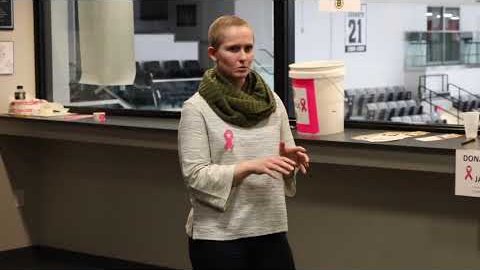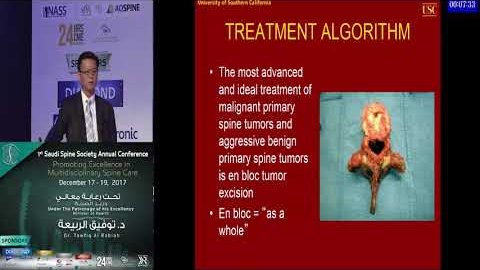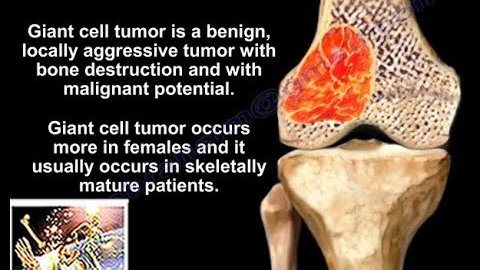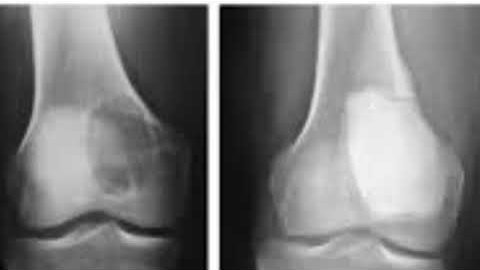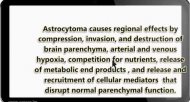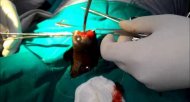What is cancer of the bone? Bone cancer Sign Symptoms and Treatment
Subscribe Our YouTube Channel - https://goo.gl/lbSN9U for More Health Info
Follow us on Twitter - https://twitter.com/MayoCancerAcdmy
View More Info About Cancer awareness - https://goo.gl/sZu2TY
Learn About Cancer -- https://goo.gl/BfCKVA
If You Think This Video is helpful please Share and Like this
& Subscribe Our Channel for Watch More
--------------------------------------------------------------------------------------------------------
Bone Cancer
What is another name for bone cancer? What is cancer of the bone?What are the signs and symptoms of bone cancer? Is bone cancer a genetic disease?
What is bone cancer?
Bone cancer starts in the bone. Cancer starts when cells in the body begin to grow out of control. Cells in
nearly any part of the body can become cancer, and can spread to other areas of the body.
Bone cancer is a malignant (cancerous) tumor of the bone that begin in bone tissue and destroys normal bone tissue. Abnormal growths found in the bone can be either benign (noncancerous) or malignant (cancerous).
Not all bone tumors are malignant. In fact, benign (noncancerous) bone tumors are more common than malignant ones. Both malignant and benign bone tumors may grow and compress healthy bone tissue, but benign tumors do not spread, do not destroy bone tissue, and are rarely a threat to life.
Types of Bone Cancer?
Bone cancer can be divided into primary bone cancer and secondary bone cancer.Primary bone cancer means that the cancer started from cells in the hard bone tissue. It is a rare type of cancer.Secondary (metastatic) bone cancer means that a cancer which started in another part of the body has spread to a bone. Many types of cancer can spread to the bone. Most commonly, cancers of the breast, prostate, lung, kidney and thyroid. Secondary bone cancer is common. The behavior, treatment and outlook of secondary bone cancers are often quite different to
primary bone cancer.
Common types of primary bone cancer include the following:
Osteosarcoma, which arises from osteoid tissue in the bone.
Chondrosarcoma, which develops in cartilaginous tissue.(Dedifferentiated Chondrosarcoma,Clear cell
chondrosarcomas, Mesenchymal chondrosarcomas)
The Ewing Sarcoma Family of Tumors (ESFTs), which generally start in bone but may also arise in soft tissue (muscle, fat, fibrous tissue, blood vessels, or other supporting tissue).
Malignant fibrous histiocytoma: Malignant fibrous histiocytoma (MFH) more often starts in soft tissue (connective tissues such as ligaments, tendons, fat, and muscle) than in bones. This cancer is also known as pleomorphic undifferentiated sarcoma, especially when it starts in soft tissues.
Fibrosarcoma: This is another type of rare cancer that develops more often in soft tissues than it does in bones. Bones in the legs, arms, and jaw are most often affected.
Chordoma: This primary tumor of bone usually occurs in the base of the skull and bones of the spine.
Giant cell tumor of bone: This type of primary bone tumor has benign and malignant forms. The benign (non-cancerous) form is most common. Giant cell bone tumors typically affect the leg (usually near the knees) or arm bones of young and middle-aged adults.
A secondary cancer in the bones has spread from somewhere else in the body. This is also called metastatic cancer. The cancer cells are like the cells of the original tumour.
Signs and Symptoms of bone cancer
Signs and Symptoms
Bone cancer is accompanied by the following signs and symptoms:
Dull, aching pain in the bone or joint
Swelling or tenderness of the joints
Fractures
Fatigue, fever, weight loss, anemia
Stiffness
Decreased appetite and nausea
Walking with a limp
Causes of bone cancer
People with the following conditions or characteristics may be at risk for developing bone cancer (or bone tumor):
Radiation exposure or previous radiation therapy (radiotherapy) treatment
People with a history of Paget's disease.
Exposure to petroleum products, benzene, herbicides, and insecticides
Genetic factors
Advanced age (over 65)
African American descent (twice the risk of Caucasians)
Benign tumors and other bone diseases
People with a close relative (parent or sibling) who has/had bone cancer.
Inherited genetic syndromes. Certain rare genetic syndromes passed through families increase the risk of bone cancer, including Li-Fraumeni syndrome and hereditary retinoblastoma.
Children born with a hernia of the tummy button (a congenital umbilical hernia) are around 3 times more likely to have a Ewing’s sarcoma.



